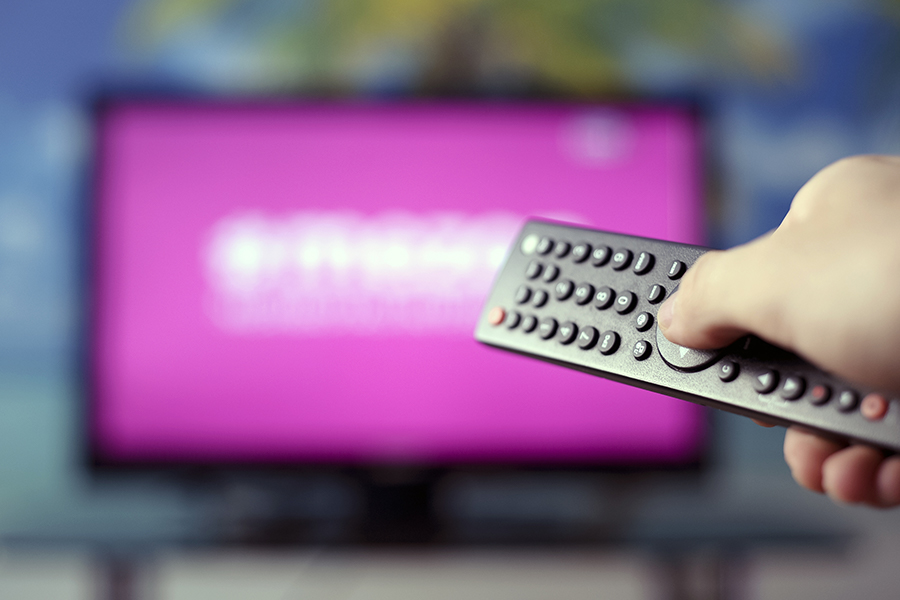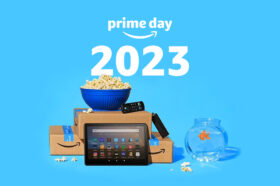Resources - Blog
Amazon DSP: From the Basics to New Enhancements

The only way to remain in the game is with a diversified ad strategy.
In 2022, reaching your target customer has never been more competitive or essential, especially as inflation continues to tighten consumer spending. The only way to remain in the game is with a diversified ad strategy.
Your RoAS might be decent, but imagine having the world’s largest customer database behind your ad strategy. Amazon’s ability to capture first-party data allows you to have the information you need on hand for every single stage of the buying journey. Harnessing this resource with Amazon sponsored ads is a good start, but there is so much more you can do with Amazon DSP.
What is Amazon DSP?
Amazon DSP–which stands for demand-side platform–is designed so marketers can purchase ads programmatically rather than manually (e.g., Google Display Ads) at scale. Amazon DSP campaigns allow you to access its breadth of websites to connect with your ideal customer. The program is available to both advertisers who sell products and those who do not and allows participants to gain access to Amazon audiences.
The DSP platform broadens your online reach and has more refined first-party data than your traditional PPC ad strategy.
You can use Amazon DSP for remarketing to your current customer base, but it also puts that data to use to reach a contextually similar audience. Imagine how much you could scale your business by programmatically advertising to people you wouldn’t usually touch with traditional web ads.
Further Reading: Inside the Latest Features of Amazon DSP
The Importance of First-Party Data
Google no longer allows third-party data collection and is phasing out third-party cookies by late 2023. Apple has already stepped up its cyber security to block many third-party cookies with Intelligent Tracking Prevention (ITP), a part of its iOS14 update.
Historically, user data is collected, bought, and sold a million times without you ever knowing. More recently, people have begun to distrust companies that collect their data via third-party cookies.
Further Reading: What You Need to Know About Disappearing Cookies and 1P Data
How your company obtains customer data must be ethical, organic, and transparent. When you use Amazon DSP for advertising, you become part of their advertising platform across their websites. This means you benefit from Amazon’s first-party data, which is captured everywhere: from a product search on Amazon.com to reading about a movie’s plot on IMDB.
Amazon DSP uses technology to more efficiently buy and manage your display and video advertising mix.
How to Get Started with DSP
Amazon DSP uses technology to more efficiently buy and manage your display and video advertising mix. With programmatic advertising, the buying process is automated, pricing is based on a dynamic pricing model, and advertisers bid on impressions in real-time to deliver an advertisement to a specific audience.
With DSP, advertisers can choose from an enterprise self-service or managed services option. With self-service, customers are in complete control of their campaigns and there are no management fees. The managed services option, which typically requires a minimum ad spend of $35,000, grants companies access to Amazon DSP inventory with white glove service and provides guidance to those with limited programmatic experience. To register for Amazon DSP, contact an Amazon ad consultant. To get started with the program, click here.
Now, let’s break down the types of targeting through Amazon DSP Campaigns.
Stay on top of the latest e-commerce and marketplace trends.
Amazon DSP’s Audience Targeting Options
Precise targeting gets your ads in front of your desired audience. Amazon DSP advertising achieves this in a few different ways:
- Retargeting allows you to reach customers who have previously interacted with your or your competitors’ products. This includes product searches and product detail page views, even if the viewer doesn’t purchase the product. Retargeting allows you to sell a comparable or complementary product in your advertising.
- Lifestyle targeting is powerful because customers are segmented into lifestyle groups based on their purchase habits. As the advertiser, you can create lifestyle groups pertaining to your industry and products.
- Behavioral targeting looks at complementary searches and purchases so that Amazon will display your ads to people who have previously engaged with similar products. For example, if you sell athletic apparel, your ads are seen by people who have shopped for sports equipment in the past.
- Lookalikes are people who have similar interests and buying behaviors as your current customer base, so Amazon DSP campaigns can be super valuable here.
- Content takes you beyond someone’s shopping behaviors. Amazon contextual targeting looks at what they’re interested in based on the websites they visit–even if it’s not on an Amazon platform.
You can be as specific or as broad as possible with your Amazon DSP targeting. If you know your customer, you should be able to narrow down your parameters to find your niche audience.
Further Reading: The Best Amazon DSP Bid Strategies
Retargeting ads have a click-through rate of ten times that of regular display ads.
Pros and Cons of Amazon DSP Advertising
Understanding your audience and building trust is at the forefront of marketing campaigns in 2022. Instead of tracking clicks and conversion rates from specific sources, DSP Amazon advertising focuses on building brand awareness and relationships with your audience. The objective now is to attract followers who turn into fans!
Like every other e-commerce platform out there, Amazon DSP Ads aren’t perfect for everyone. Let’s break down some of the advantages of using Amazon DSP to increase your reach and potential disadvantages.
Advantages of Amazon DSP Ads
- Displays simultaneously across many websites
- Uses contextual targeting to get it in front of your ideal audience
- More likely to land in front of your target audience over the Google Display Network because of Amazon’s first-party customer data collection
- Powerful retargeting that puts products in front of your current customers, reminding them to purchase something they’ve viewed before, and stops advertising the item after purchase.
Disadvantages of Amazon DSP Ads
- Measuring the success of your Amazon DSP campaigns isn’t straightforward
- Lengthy registration process
- The platform isn’t intuitive or very user-friendly, but you can always outsource your Amazon DSP to Amazon itself or a third-party company
- Out of reach to many small businesses with small ad spend budgets, the recommended budget is $10,000 per month for a DSP campaign
- Costs of producing a high-quality video or display ad
Download the Guide: Everything You Need or Want to Know About Every Amazon Ad Type
Final Thoughts
Be realistic about your budget, but don’t overspend, thinking it will help sales. DSP campaigns cannot be measured like PPC ads or email campaigns, and proving their effectiveness can be difficult. Amazon DSP campaigns can be an excellent addition to your marketing and advertising toolbox if you have the ad spend.
Looking to get started with DSP? Our Amazon DSP team can help you manage your campaigns whether your goal is driving traffic to your brand store or bringing in new-to-brand customers.
Sign up for a demo with our Amazon experts to learn how we can help you succeed with DSP (and more).



